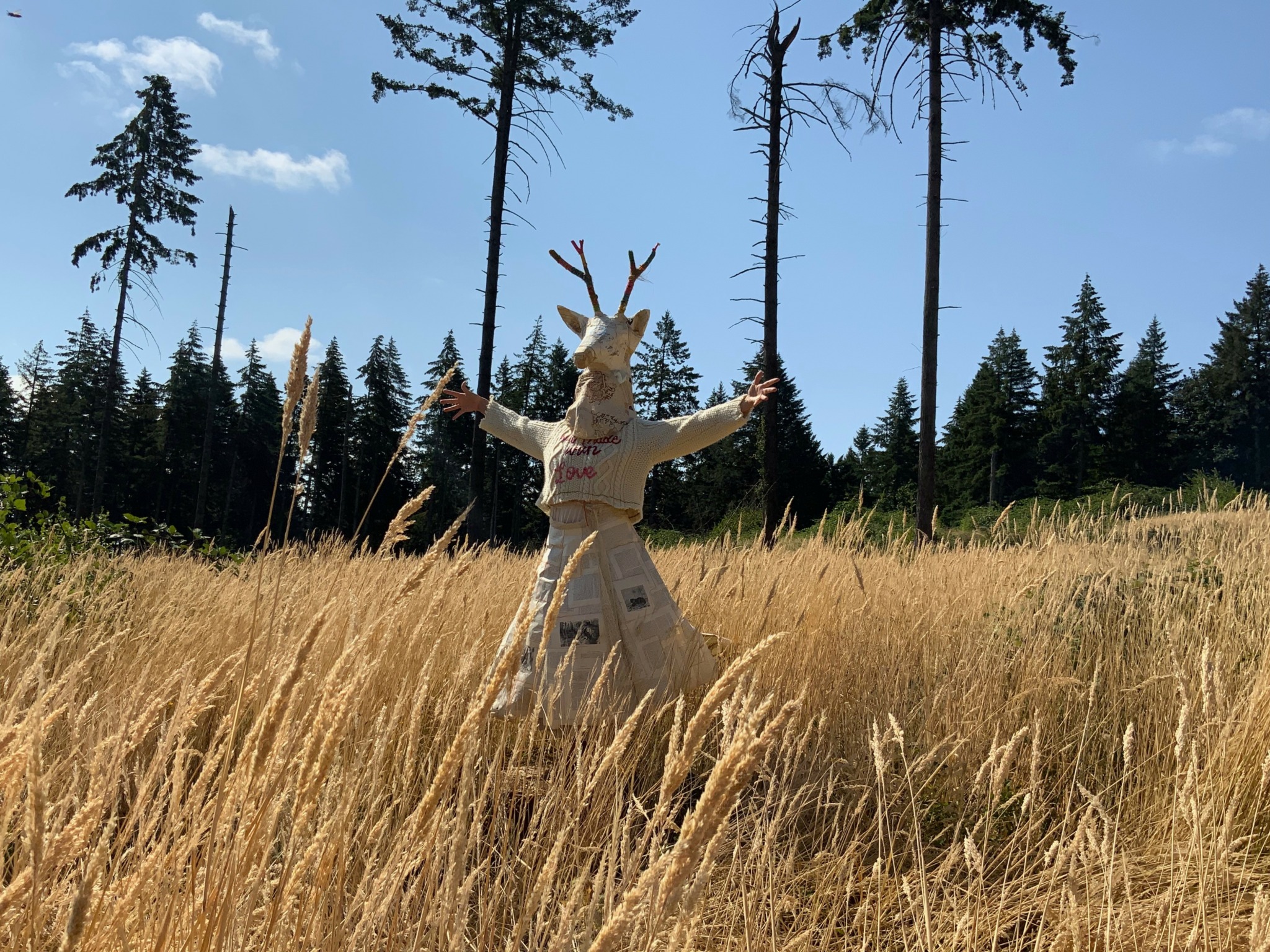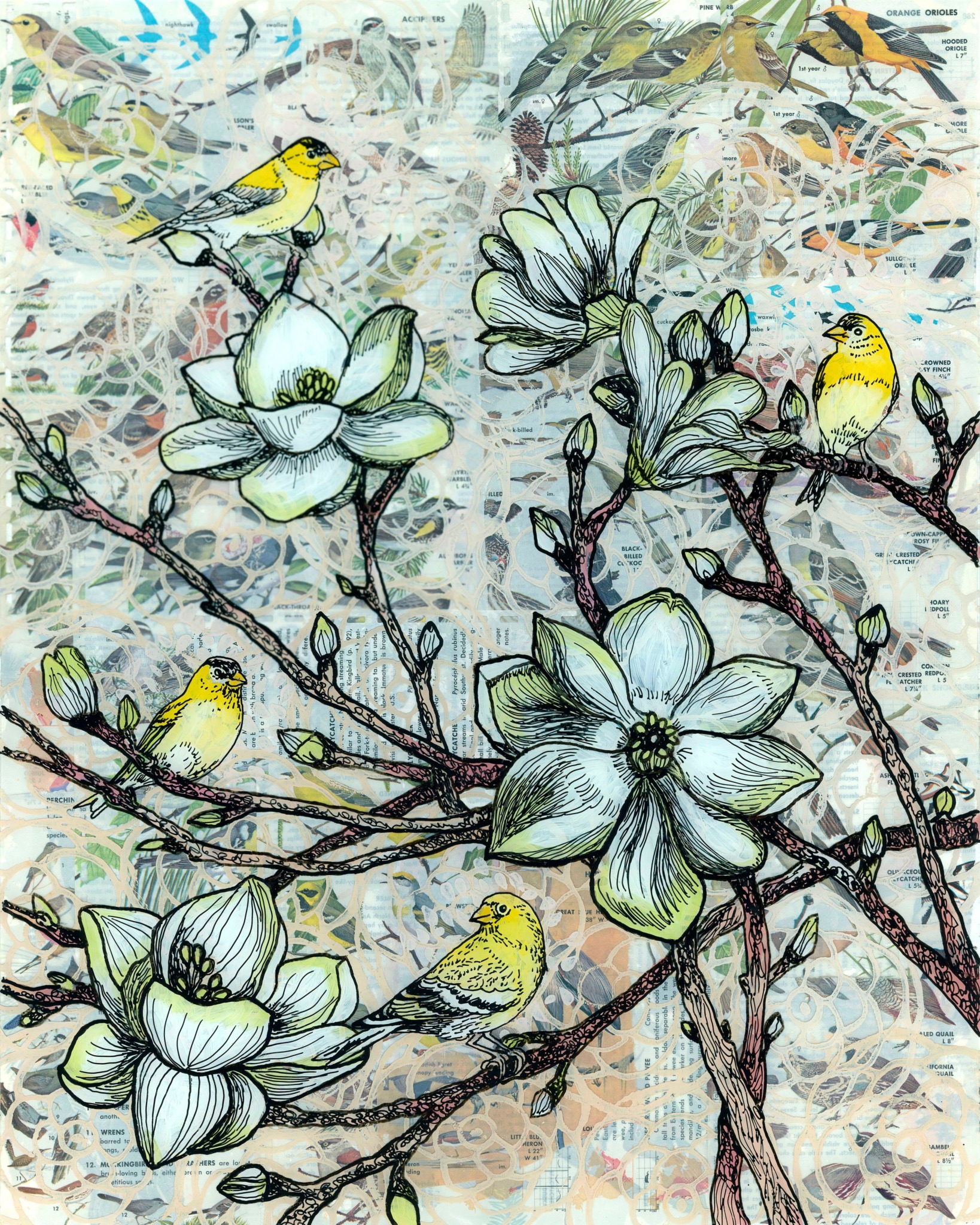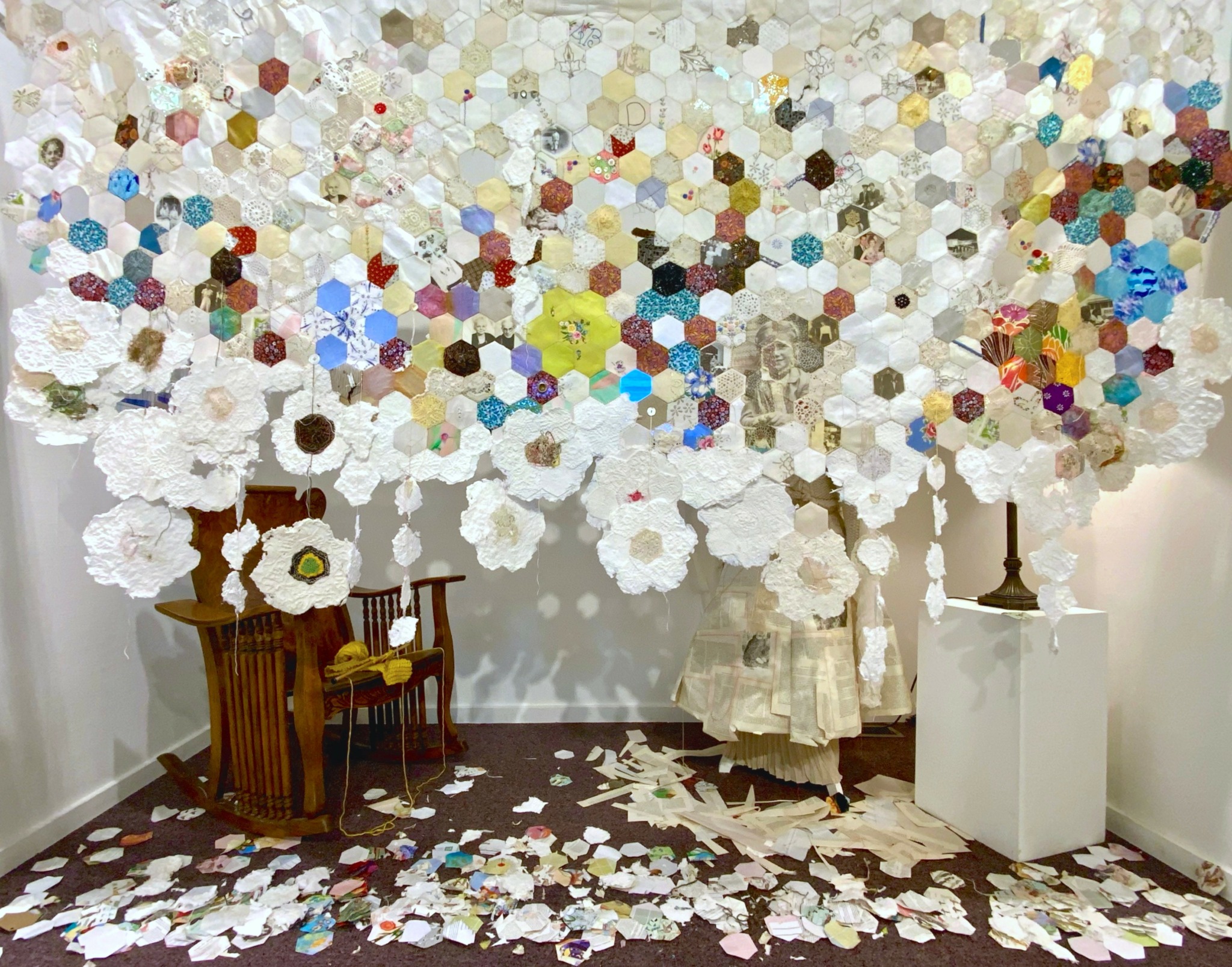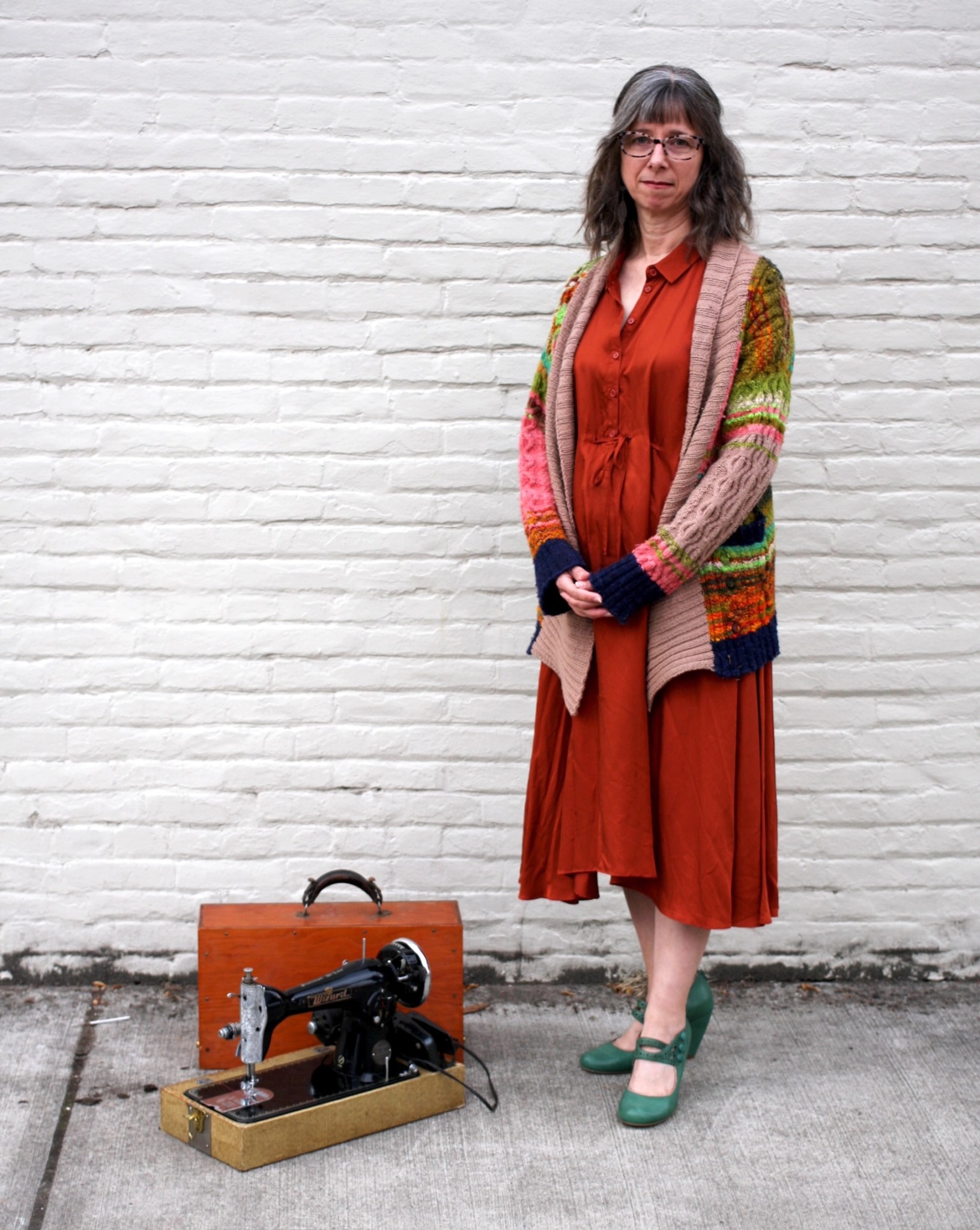Alright – so today we’ve got the honor of introducing you to Jennifer Lommers. We think you’ll enjoy our conversation, we’ve shared it below.
Alright, Jennifer thanks for taking the time to share your stories and insights with us today. Earning a full time living from one’s creative career can be incredibly difficult. Have you been able to do so and if so, can you share some of the key parts of your journey and any important advice or lessons that might help creatives who haven’t been able to yet?
I have been a full-time artist for twenty years after leaving behind a short career in information technology. I wanted to find something more meaningful and less stressful and that would allow me more flexibility to care for my young children at the time. I also longed to finally make use of my Fine Arts degree. To get started, I built a small audience for my paintings, using the skills I had acquired in school. I was lucky in that selling art online was just opening up as a feasible marketplace, and I expanded to selling work at outdoor festivals in the summer months too. I was still employed at the time, though, which was probably the most challenging part of the transition – working two jobs in addition to parenting. I often painted late at night and spent weekends away for shows while my husband took care of the family. On occasion, we turned a show weekend into a vacation to give me more time with them, which gave us some fun memories. Thankfully, leading a double work life lasted less than a year before I decided to take a leap of faith and pursue art full-time. Now, seeing how far I’ve come from those tenuous beginnings still surprises me. I’m so grateful for the support from family and loyal patrons who helped me stay the course and find my way. Looking back, I think it helped me to get an art degree because it gave me confidence in my work. Not everyone needs that, but it was good for me. Even though it was tough at the time, I’m glad I put in the extra work early to be able to buy the supplies, equipment, and display pieces I needed to promote and sell my work. It set me up for a successful path forward. At this point, I can’t imagine my career as anything else. If I hadn’t started on that solid footing with my art, I don’t know that I would have enjoyed the same career path I do today, nor could’ve transitioned into my current explorations with various media and a broader artistic vision.
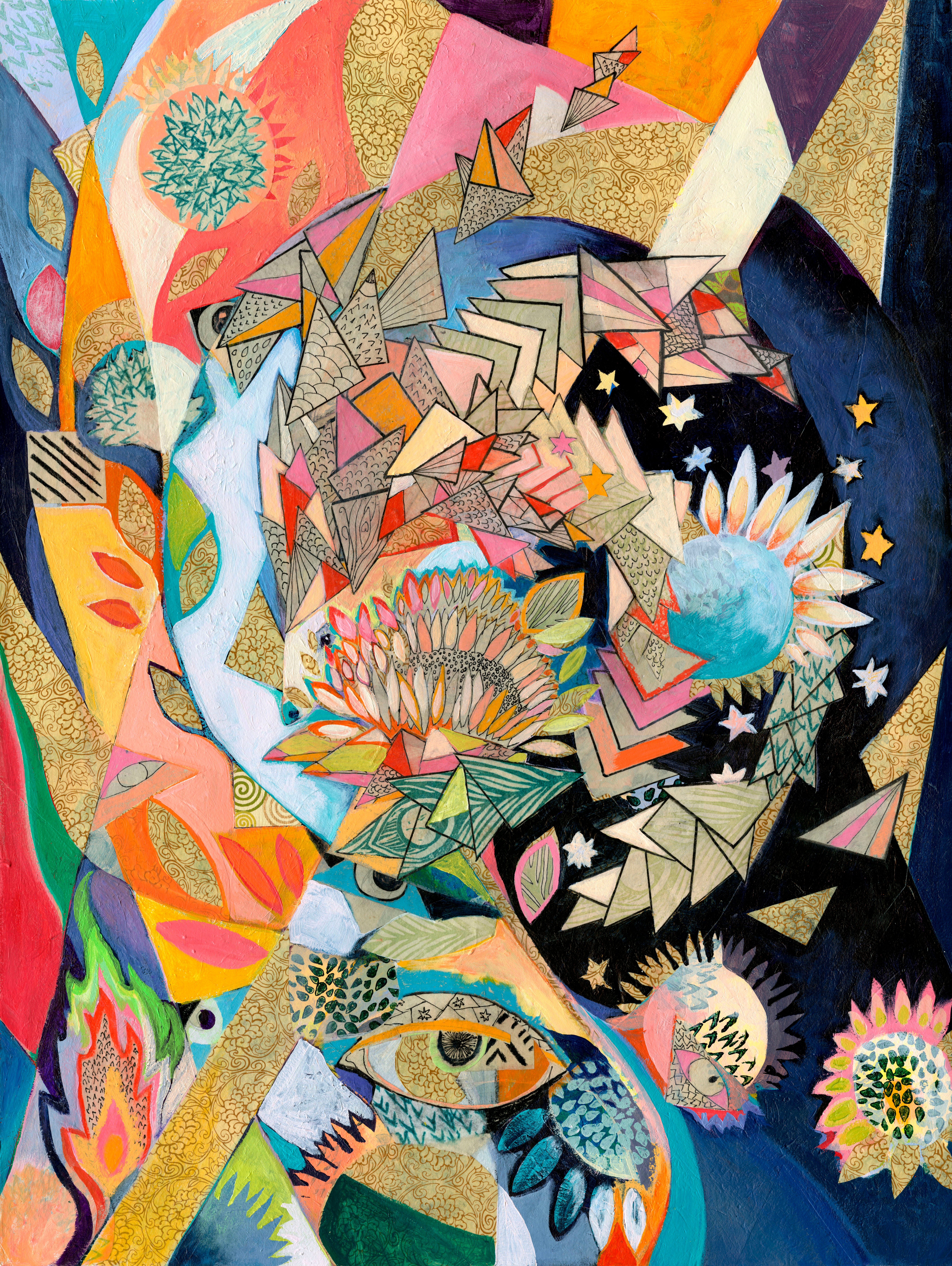
Jennifer, love having you share your insights with us. Before we ask you more questions, maybe you can take a moment to introduce yourself to our readers who might have missed our earlier conversations?
My art encompasses multiple disciplines but has two distinct paths. I have been a painter most of my career, mainly inspired by nature, specifically birds. I am known for vivid colors and a whimsical painterly style full of life and movement that is uniquely my own. My paintings are collected worldwide, and my most popular images have appeared on TV, in hotels and hospitals, and on various household items. I am also an installation artist fascinated by printmaking and traditional fiber arts crafts—their history and the community they build. I create anything from small paper and fiber collage pieces using vintage materials to large fiber arts installations incorporating video and performance art. In the process of creation, I encourage community engagement and enjoy incorporating donated pieces while preserving their unique history. Despite their distinct differences, both sides of my art career inform the other and energize me as I look forward to making art and creating thoughtful spaces in the decades ahead.
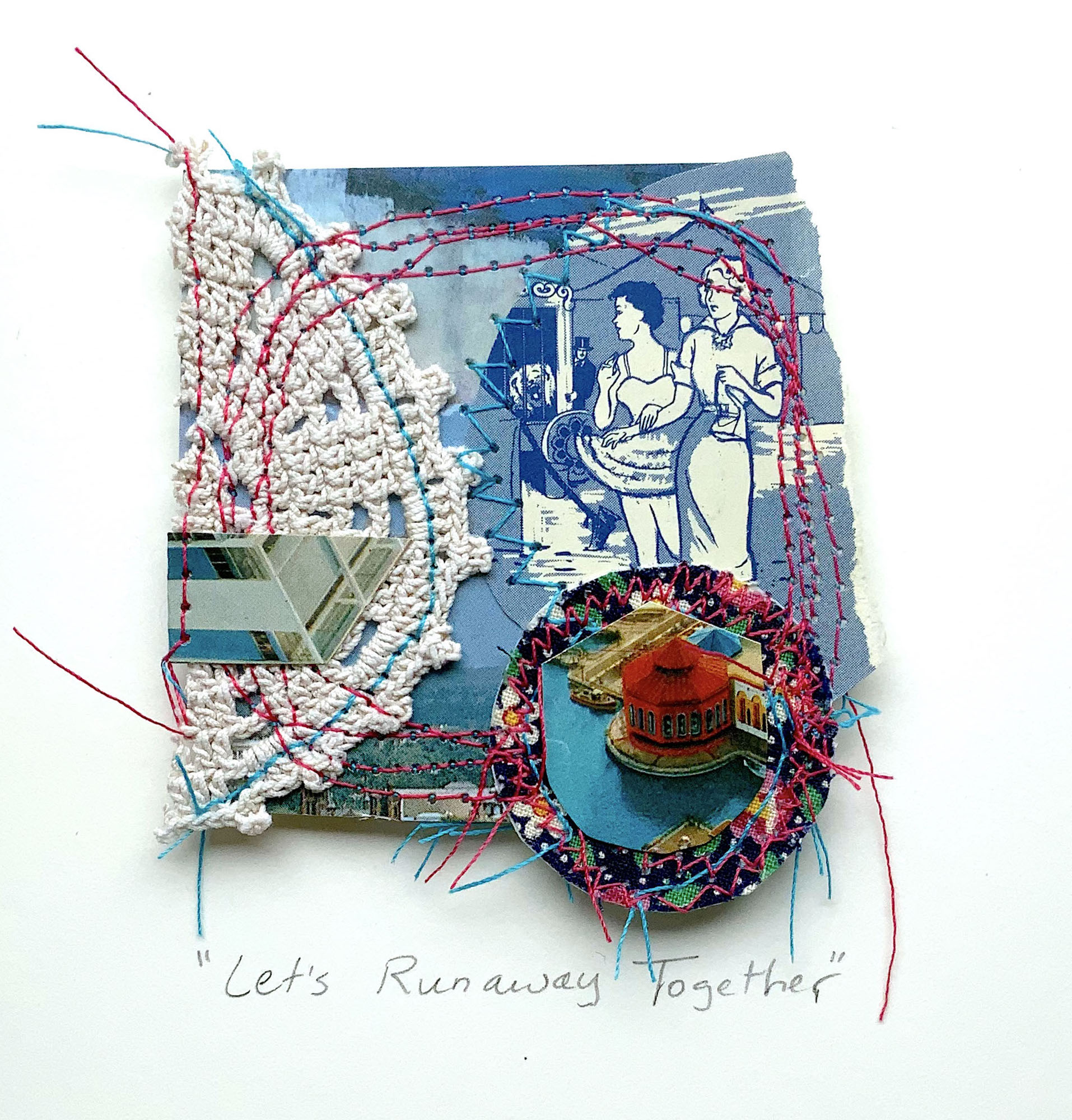
Have any books or other resources had a big impact on you?
I recommend the book Business of Art: An Artist’s Guide to Self-employment. When I started out, I struggled to learn about marketing and selling my art. My time at art school did not include learning about the business side of being an artist. I was fortunate to have worked several years in various positions for a manufacturing business, which gave me insights into inventory, pricing structures, advertising, graphic design, and accounting. That said, I had to convert those experiences into something that made sense in the context of selling art. I wish I had this book in the beginning, produced by the Center for Cultural Innovation. Connecting with arts organizations is a big part of making a career in the Arts. From joining a local art guild to following, subscribing, or joining larger regional, national, or even international organizations, making connections and making use of their resources will expand your reach and knowledge.

What do you find most rewarding about being a creative?
Making art is incredibly rewarding for many reasons, whether as a career, passion, or hobby. The act of creating something interesting, beautiful, and possibly quite meaningful is such a fulfilling process, even when it’s frustrating. Beyond the obvious nature of doing what I love, I thrive outside of routines, being able to follow my whims and allot my time accordingly – spontaneously going for a hike, trying a new medium, or simply taking a knitting break while listening to a book. While life as an independent artist can be quite a gamble, I love the unstructured and messy side of art-making, even if I have to add a little structure here and there to meet deadlines or plan for events to hopefully make that gamble pay off and continue to enable my art-making. Being able to balance these things and make a living creating and sharing my art still surprises me and fills me with gratitude every day.
Contact Info:
- Website: https://www.jenniferlommers.com/
- Instagram: https://www.instagram.com/jenlo262/
- Youtube: https://www.youtube.com/@jenlo262
